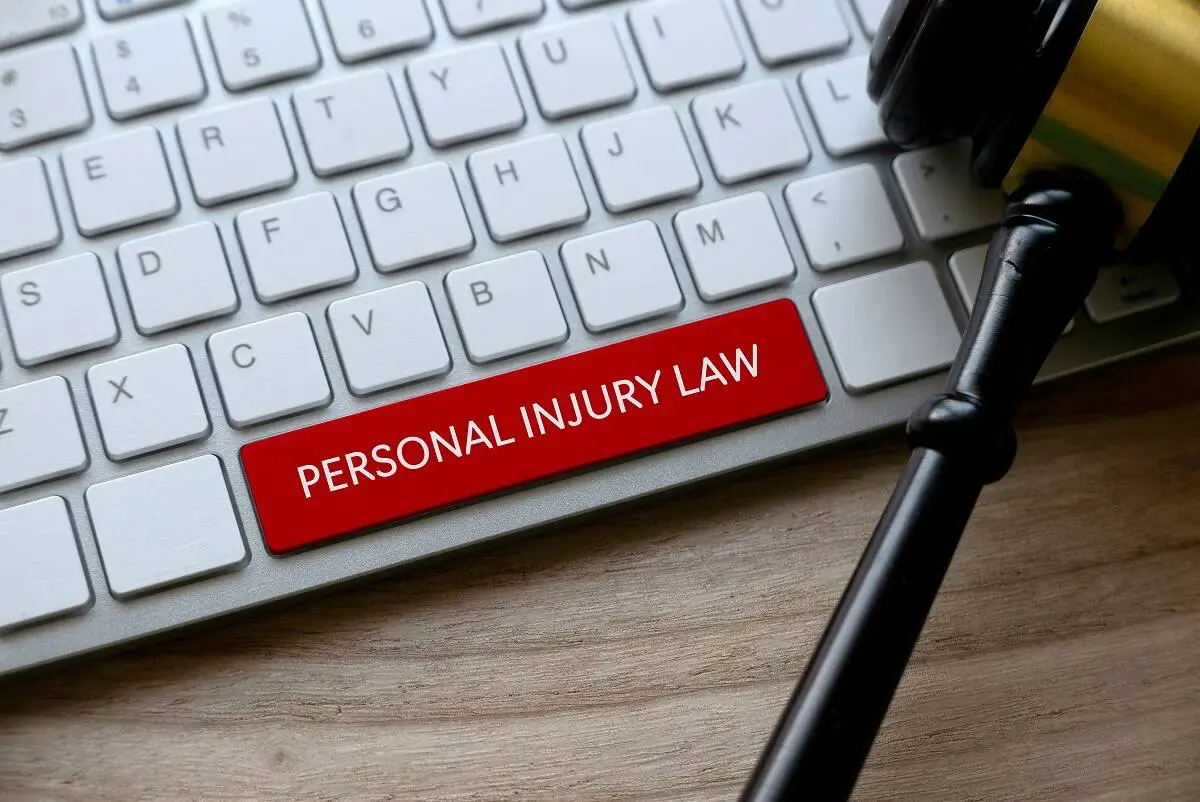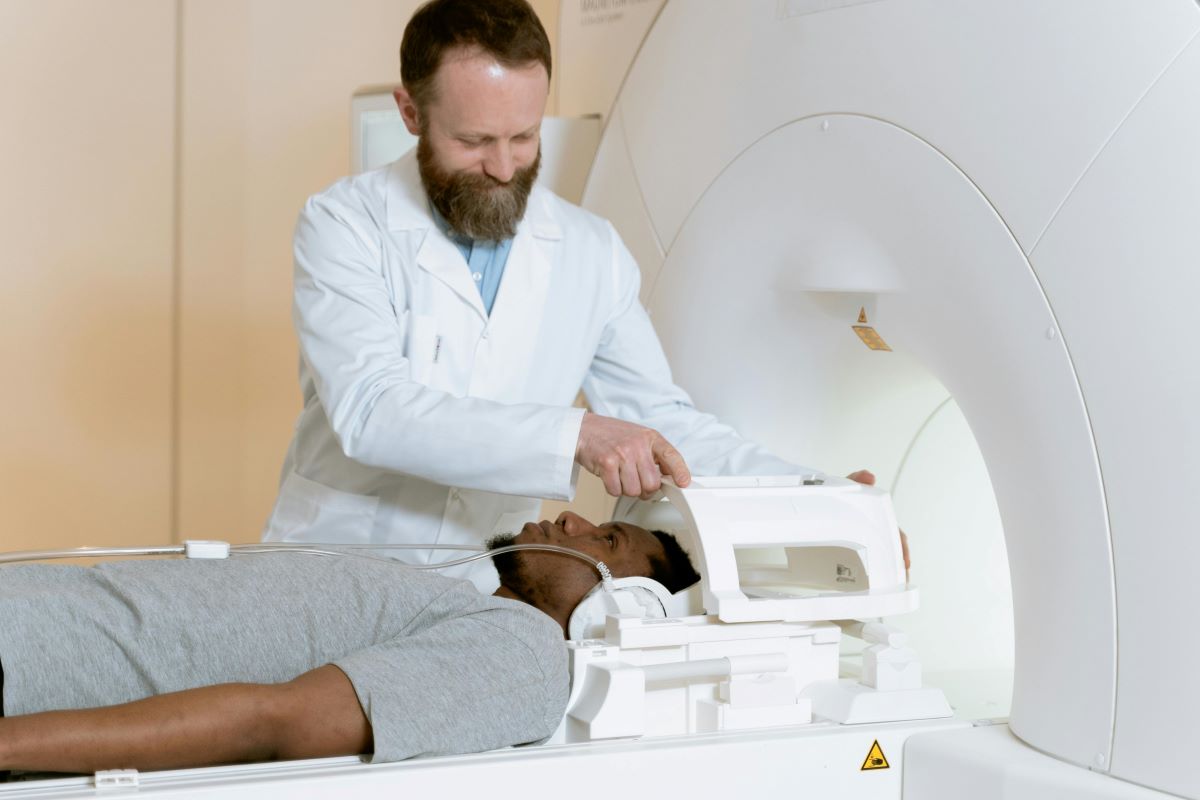In today’s digital age, technology has permeated every aspect of our lives, including the legal industry. Personal injury lawsuits, which involve seeking compensation for injuries caused by someone else’s negligence, have also been significantly influenced by technological advancements. From gathering evidence to presenting compelling arguments in court, technology plays a pivotal role in enhancing the efficiency, accuracy, and effectiveness of personal injury cases. In this article, we will explore the various ways in which technology is transforming the landscape of personal injury lawsuits.
Electronic Medical Records and Documentation
One significant advancement in technology that has greatly impacted personal injury cases is the widespread adoption of electronic medical records (EMRs) and documentation. EMRs allow healthcare providers to maintain comprehensive and easily accessible records of patient’s medical history, treatments, and diagnoses. When it comes to personal injury lawsuits, EMRs streamline the process of gathering medical evidence, as lawyers can access relevant records digitally rather than relying on physical copies. This expedites the discovery process, ensuring that crucial medical information is readily available to strengthen the plaintiff’s case.
Digital Imaging and Diagnostic Tools
Technological advancements in imaging and diagnostic tools have revolutionized the way injuries are diagnosed and presented in personal injury cases. High-resolution imaging techniques such as magnetic resonance imaging (MRI), computed tomography (CT) scans, and X-rays provide detailed visual evidence of injuries, offering a clear picture of the extent and impact of the harm suffered. These digital images can be easily shared with medical experts, insurance adjusters, and jurors, enabling them to grasp the severity of the injury and understand the need for appropriate compensation.
Accident Reconstruction and Virtual Simulations
Technology has also transformed accident reconstruction in personal injury lawsuits. With the help of computer-aided design (CAD) software and virtual simulations, experts can recreate the accident scene, analyze data, and present a visual representation of how the incident occurred. This allows judges, juries, and other stakeholders to gain a comprehensive understanding of the events leading to the injury, making it easier to determine liability and assess damages accurately.
Social Media and Online Investigations
The rise of social media platforms has had a profound impact on personal injury cases. Lawyers now have the ability to search and gather information from various social media platforms to build their cases. Information posted on platforms like Facebook, Twitter, and Instagram can be valuable evidence in establishing the extent of physical and emotional harm suffered by the plaintiff. Additionally, social media posts can contradict claims of injury or reveal activities inconsistent with the alleged damages. However, it’s crucial for individuals involved in personal injury lawsuits to be cautious about their online presence, as defense lawyers may also use social media to undermine their claims.
Video Surveillance and Dashcams
Video surveillance and dashcam footage have become increasingly prevalent in personal injury cases. Security cameras installed in public places and dashboard cameras in vehicles capture real-time footage that can provide undeniable evidence of negligence or fault. These videos can capture crucial details such as the conditions at the time of the accident, the actions of the parties involved, and the sequence of events leading to the injury. Such visual evidence can be highly persuasive in establishing liability and strengthening the plaintiff’s case.
E-Discovery and Document Management
The advent of electronic discovery, or e-discovery, has transformed the way evidence is collected, reviewed, and presented in personal injury lawsuits. E-discovery involves the identification, preservation, collection, and analysis of electronically stored information (ESI) such as emails, text messages, and documents. This technology-driven approach streamlines the process of sifting through vast amounts of information, making it easier to identify relevant evidence and present a compelling case.
Telemedicine and Remote Consultations
In the wake of the COVID-19 pandemic, telemedicine and remote consultations have gained significant traction in the healthcare industry. These technologies have also made their way into personal injury lawsuits, providing a means for plaintiffs to receive medical evaluations and consultations without the need for in-person visits. Telemedicine allows injured individuals to connect with healthcare professionals virtually, facilitating timely assessments and documentation of injuries. This not only expedites the legal process but also ensures access to necessary medical care, especially in cases where physical mobility or geographical constraints may pose challenges.
Data Analysis and Case Management Software
Personal injury lawsuits involve a vast amount of information and documentation that need to be organized, analyzed, and managed efficiently. This is where data analysis and case management software come into play. Advanced software applications allow legal professionals to streamline their workflow, track case progress, manage deadlines, and organize evidence. Data analysis tools can help identify patterns, assess the strength of the case, and predict outcomes based on historical data. By leveraging technology, personal injury attorneys can optimize their strategies, enhance collaboration, and deliver better outcomes for their clients.
Expert Witnesses and Virtual Testimony
Traditionally, personal injury cases rely on expert witnesses to provide specialized knowledge and opinions related to the case. With advancements in technology, virtual testimony has become increasingly common. Expert witnesses can now testify remotely through video conferencing platforms, eliminating the need for costly travel expenses and allowing for seamless collaboration across geographical boundaries. Virtual testimony not only saves time and resources but also expands the pool of potential expert witnesses, ensuring access to the best available expertise regardless of location.
Trial Presentation and Visualization Tools
In the courtroom, technology has revolutionized the way evidence is presented and arguments are made. Trial presentation software and visualization tools enable attorneys to create compelling visual aids, including interactive timelines, 3D animations, and graphics that help jurors understand complex concepts and reconstruct the events accurately. These tools enhance the persuasive power of attorneys, ensuring that crucial information is effectively communicated and retained by the jury.
The role of technology in personal injury lawsuits cannot be overstated. From electronic medical records and diagnostic tools to accident reconstruction simulations and social media investigations, technology has transformed the way evidence is gathered, analyzed, and presented in court. The integration of technology has increased efficiency, accuracy, and access to information, benefiting both plaintiffs and defendants in personal injury cases. As technology continues to advance, it is imperative for legal professionals to stay aware of these developments and leverage them effectively to ensure justice is served and fair compensation is awarded in personal injury lawsuits.
Also, read:
- Technology And The Healthcare Experience: Trends In Health Tech
- The Future Of Healthcare: How Applied Medical Technology Is Transforming Healthcare
- The Use Of Mobile Technology In Healthcare Is Doing The Trick




